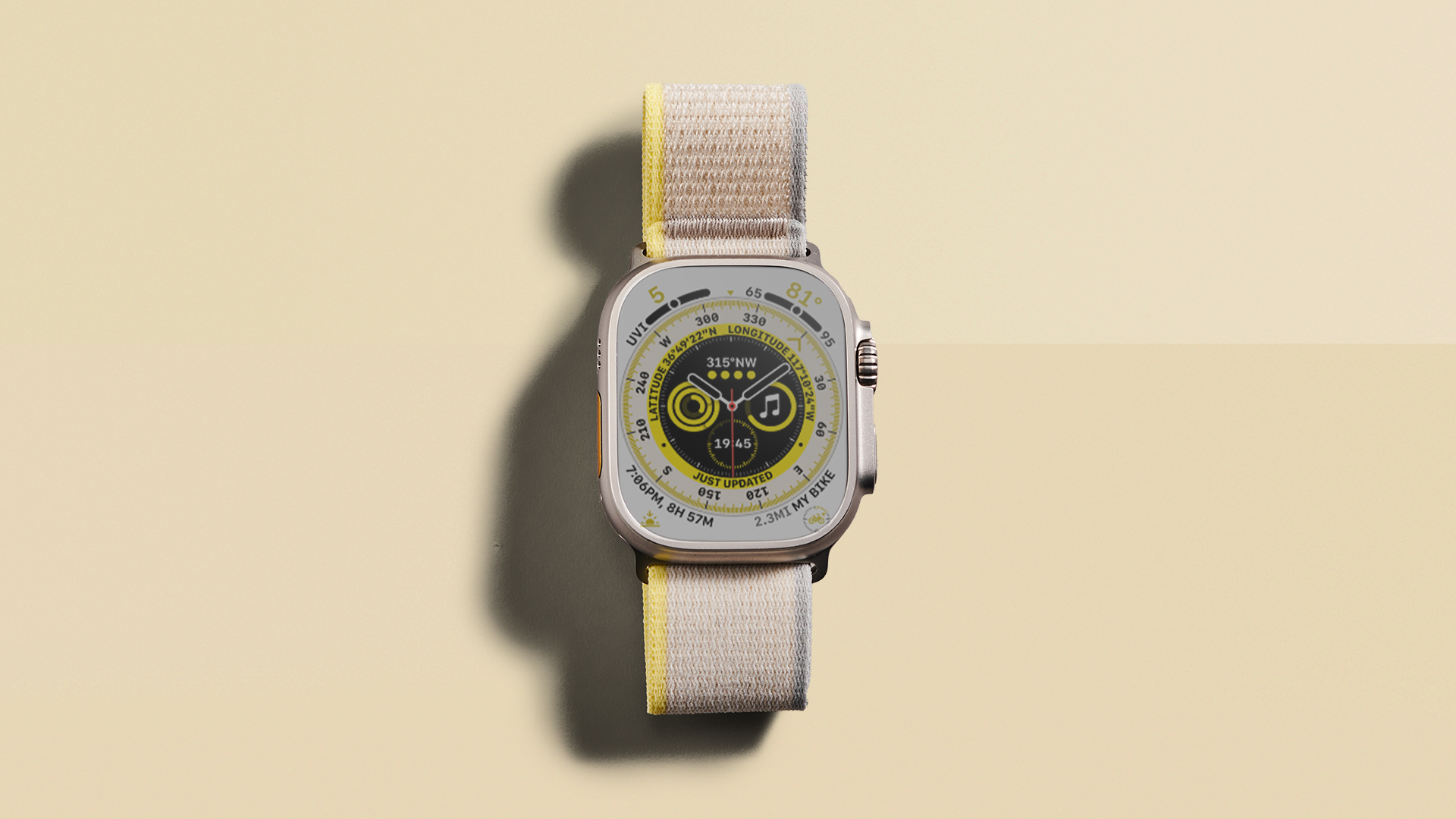

Meet the Apple Ultra smartwatch – Apple’s newest, biggest and hardiest wrist candy, which is aimed firmly at outdoor adventurers, combining a rugged case with sports-specific straps and diving capabilities.
A lot of people have heralded it as being among the best Apple watches on the market, but with an RRP of £849 / $799 / AUD$1,299, the Apple Ultra is far from a cheap investment, and at T3 we like to put things to the test properly.
So, I took the Apple Watch Ultra on a two-week adventure in the Caribbean – hiking up mountains and diving beneath the waves – and then on a ski trip to Austria, to see how the watch dealt with three very different extreme environments, and to see if it would live up to Apple’s claim of being the perfect tech companion for explorers and adventurers. Here's how it performed.

The Apple Watch Ultra is a whopper - here it is (on the right) next to the original (left)
What stands out about the Apple Watch Ultra?
The Ultra is a watch designed to be dive-ready – just submerge it and it’ll bring up your dive statistics, and used with the Oceanic app it functions as a dive computer. The large screen is easy to use, simple to navigate and easy to read when you’re just glancing down, whether you're on the go or underwater.
There are also handy hiker and runner-friendly features built-in for when you’re back on land, including accurate GPS. You can set waypoints such as your home or an environmental feature like a peak to help you navigate, or even use the ‘backtrack’ feature to follow your steps back home.
One thing that stands out about the Ultra is its sheer size. It’s significantly bigger (34% bigger, to be precise) and heavier than the original Apple watch – if you don’t like bulky smartwatches, this model may well be too big for you.
The watch also packs in an increased battery life of 36 hours on single charge, and a low power mode setting offering up to 60 hours of battery life – on test I found it lasted for two days with regular use, or three with light use.
Sign up to the T3 newsletter for smarter living straight to your inbox
Get all the latest news, reviews, deals and buying guides on gorgeous tech, home and active products from the T3 experts
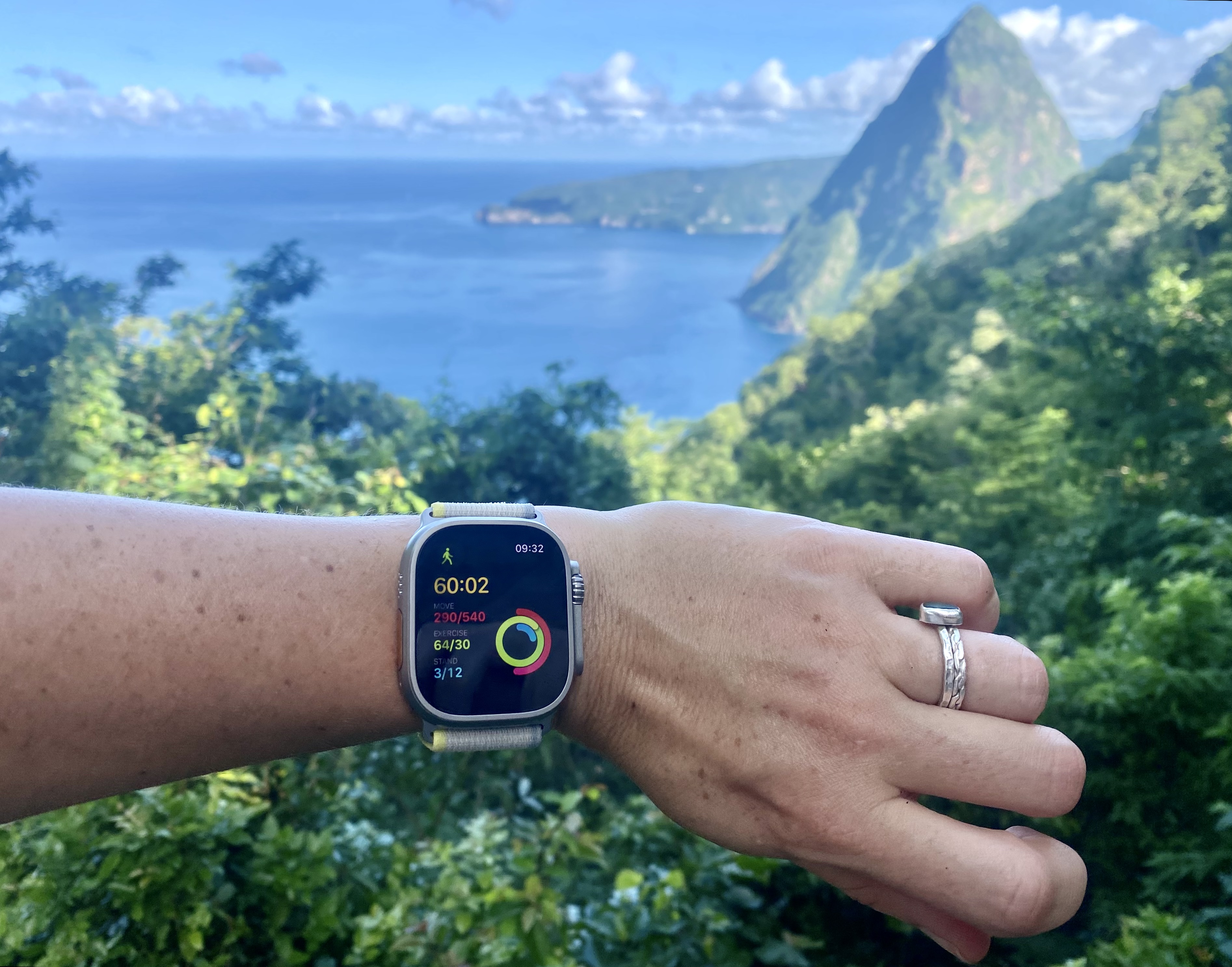
In the mountains with the Apple Watch Ultra
Time to test out the Apple Ultra while working up a sweat. The Ultra’s screen is pleasingly simple to navigate, and it isn’t fiddly to set up a workout as you head out the door – just select ‘outdoor walking’, say, from the menu of activities, and you’re ready to go.
I had a few niggles, however, when I tried using the watch on a very hot, strenuous volcano hike in the Caribbean. My Ultra watch repeatedly asked me if I wanted to end my workout even as I walked, and I also found it nigh-on impossible to use the touch screen with sweaty or suncream-covered fingers.
The Apple Ultra watch fared better in the cold – after the volcano I put it through its paces on a ski trip to the Austrian Alps. The screen works with gloved fingers and the battery didn’t decrease in the cold. (And you really shouldn’t have any issues if you take it to really extreme temperatures – Apple reckon you can wear the watch to -20°C and up to 55°C, which will be a comfort to anyone whose phone or watch has frozen during ski trips or overheated in bright sunshine.)
I also managed to take a phone call on the windswept mountain top with no issues – Apple are right to claim that the watch boasts good speakers and a microphone designed to work in challenging weather conditions. However, on the niggle side, I would have liked an offline maps option.
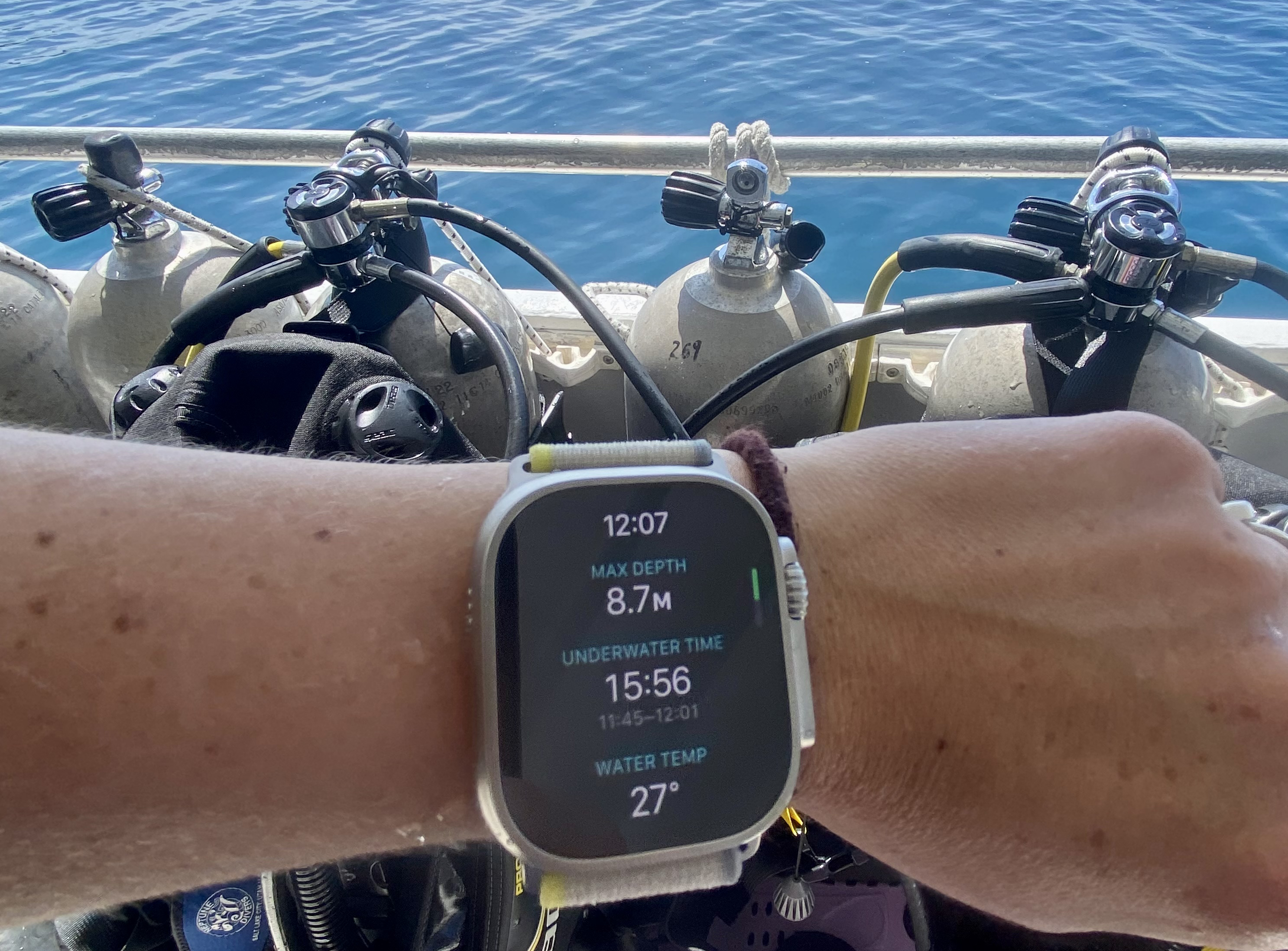
Diving with the Apple Ultra smart watch
While I thought the Ultra worked well enough for hiking in the hills, it really stood out when I tested it in another element – in the submarine depths of the sea. The Ultra is always dive-ready. Literally. When you submerge your wrist, it automatically displays your depth, time spent underwater, water temperature and max depth (you can take it down to 100 metres – although that is well beyond the limits of recreational diving).
I found it easy to read underwater, and its data was reliable when compared with another dive-specific watch. I also liked that the watch reminds you to purge it of water once you’re back on the surface. You do need a separate app called Oceanic to make the Ultra a full-blown dive watch – this includes a dive planner, logbook, safety stops, no fly time and summaries of your dive statistics. The app essentially makes your day-to-day smartwatch work as a dive, snorkel and freedive watch.

Daily use
I wore the Apple Ultra daily for a month and thought it was pretty user-friendly. I liked the customisable watch face – you can pick ‘adventure’ (with compass, time and elevation), or ‘diving’, (water temperature and depth) as well as others. There are also new safety features that I was pleased not to need but happy to have on my wrist just in case, including crash detection, night mode and an emergency siren.
The changeable bands Apple have introduced with the Ultra are easy to swap to suit the activity you have planned for the day. The Trail band is very comfortable and breathable on hot hikes, and the Ocean Band is flexible and adjustable, which titanium hardwear that won’t rust. I would have preferred all of these bands to be made from recyclable materials, and at £99 each they’re pretty steeply priced if you want to own more than one.
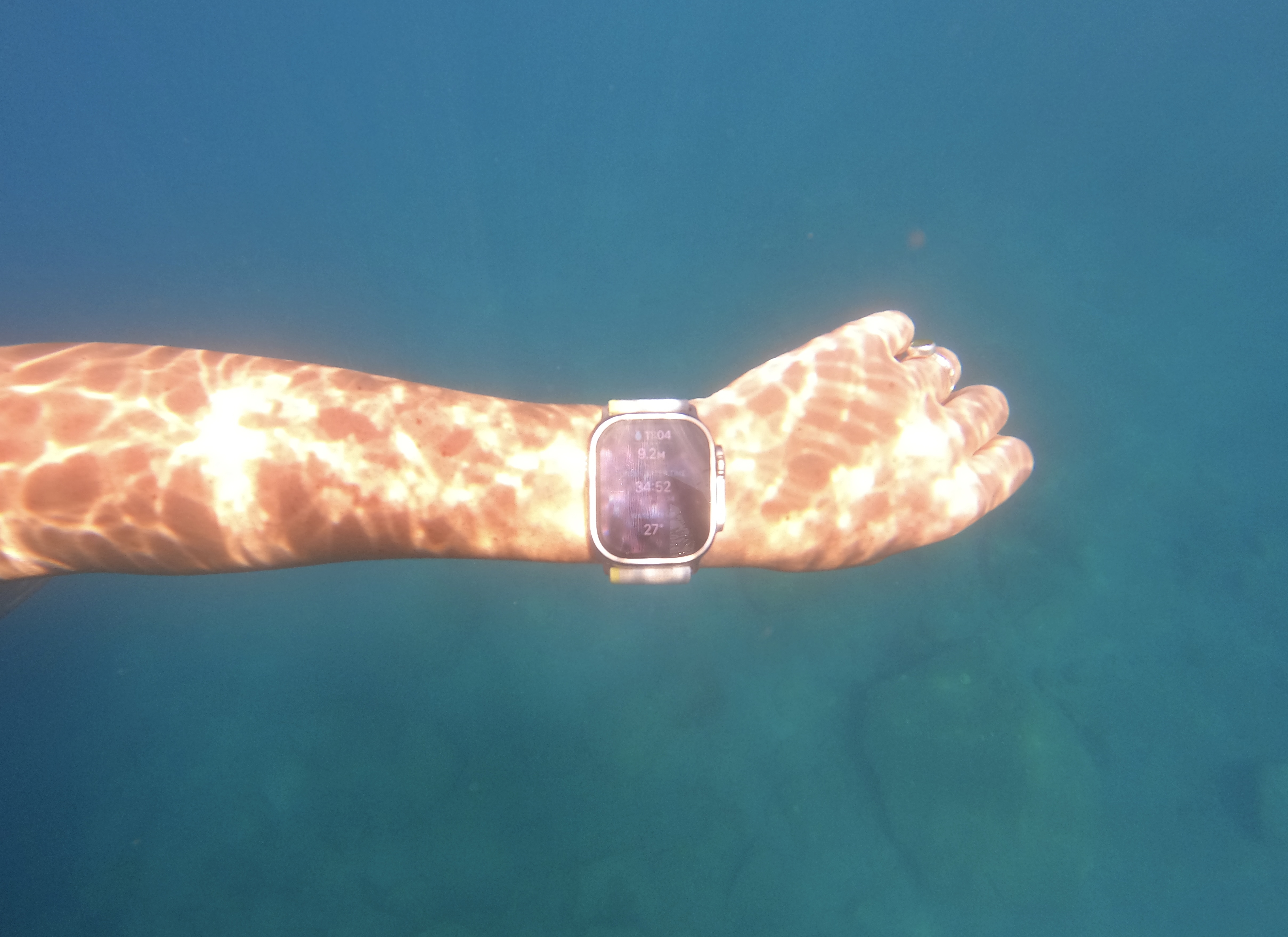
How much does an Apple Ultra watch cost?
Apple’s new Ultra Watch costs £849 with one adventure-ready band included. The Ultra costs more than double the Apple Series 8 watch (£419) and more than triple the Apple SE watch (£259) – but Apple do have a handy comparison guide in case you aren’t sure which model is for you.

Who needs an Apple Ultra?
Apple have aimed their new smartwatch squarely at ‘adventurers and explorers’, and after testing I’d say that divers, adventurers who love water sports and anyone who packs a lot of multi-activities into their day will love this rugged watch.
The Ultra is effectively a dive watch you can rely on when you’re down in the deep, but also one that works well for daily use and while hiking, travelling, fitness, or just for making a quick phone call on the go.
However, I don’t think this smartwatch would suit long-distance hikers, wild campers and anyone planning multi-day expeditions, given the limited 36–60 hour battery life – for those kind of adventures I’d pick a solar-powered watch such as the Garmin Instinct Solar, which can stay charged for up to 54 days, instead.
The Ultra will only suit iPhone users, too. So is the Apple Watch Ultra the right choice for adventure types? Yes – but it depends what kind of adventuring you like to do and what phone you own - and some outdoors lovers will be just as happy with the far more affordable original Apple watch.
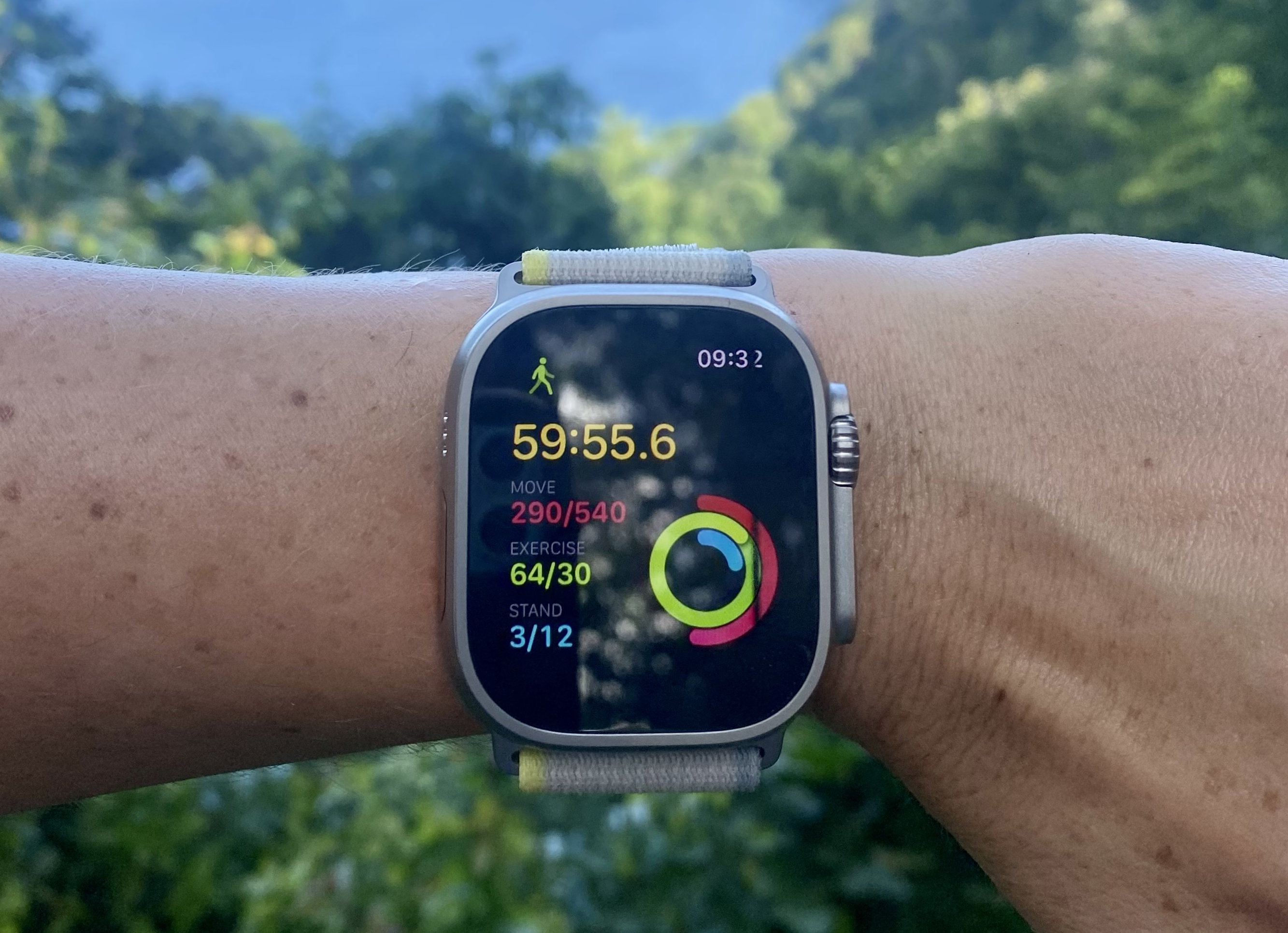
Sian Lewis is an award-winning travel and outdoors writer, author and influencer. She's the author of popular blog and book The Girl Outdoors, and when
she isn't writing or travelling she spends most of her time hiking, cycling and wild swimming across Britain, testing out the latest adventure gear and clothing as she goes.
-
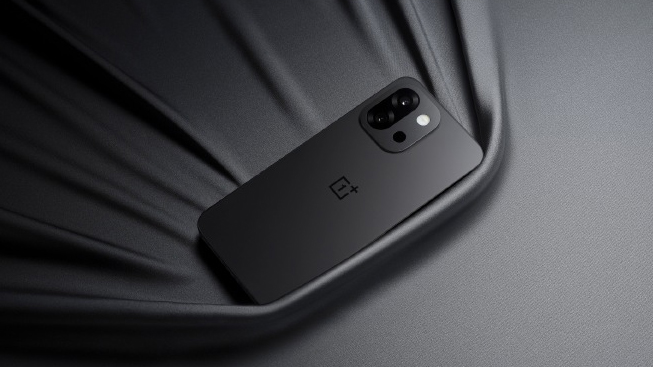 OnePlus 13T design leaked with iPhone-like design
OnePlus 13T design leaked with iPhone-like designA flurry of leaks have revealed the OnePlus 13T in the flesh
By Chris Hall Published
-
 12 Easter-inspired fragrances for men and women 2025, from Tom Ford, YSL, Mugler and more
12 Easter-inspired fragrances for men and women 2025, from Tom Ford, YSL, Mugler and moreFrom chocolate to apricots, here are T3’s top picks for Easter-inspired scents
By Bethan Girdler-Maslen Published
-
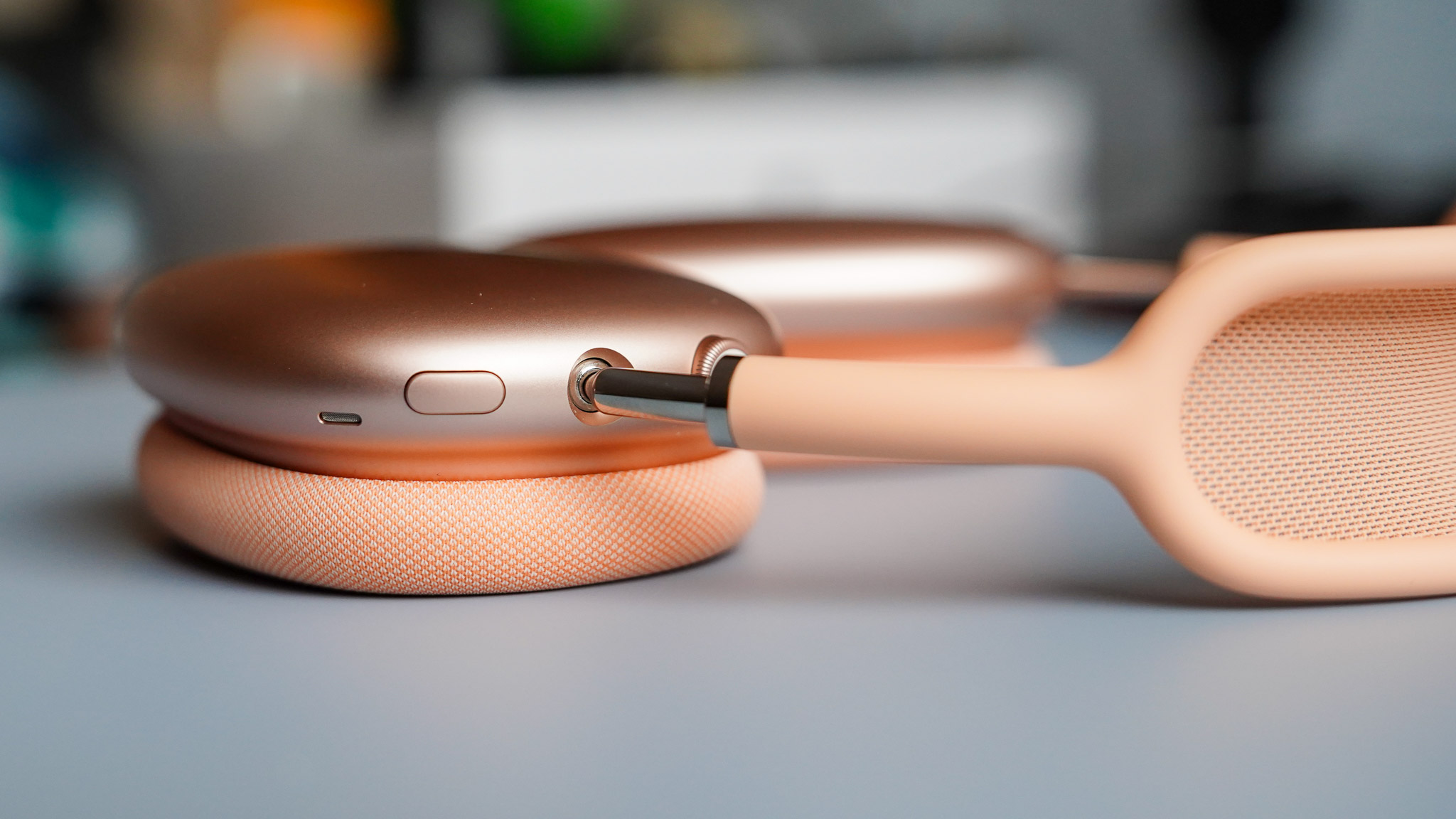 AirPods Max finally get the great free upgrade Apple promised
AirPods Max finally get the great free upgrade Apple promisedHere's how to make sure your headphones are running the right firmware
By Britta O'Boyle Published
-
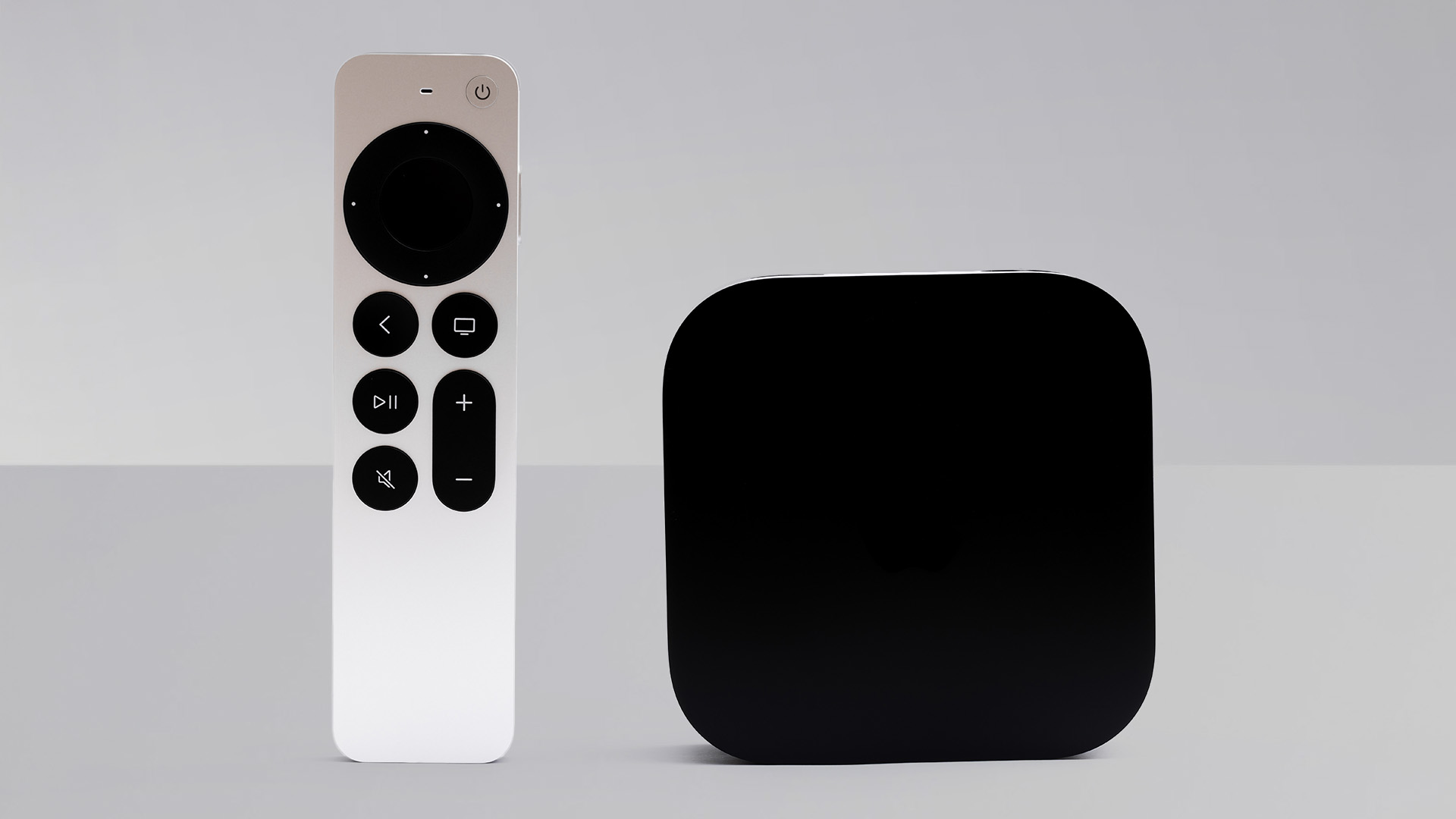 Apple TV gets a free update that makes it more simple to use
Apple TV gets a free update that makes it more simple to useApple has released tvOS 18.4 with a few design tweaks for its TV boxes
By Rik Henderson Published
-
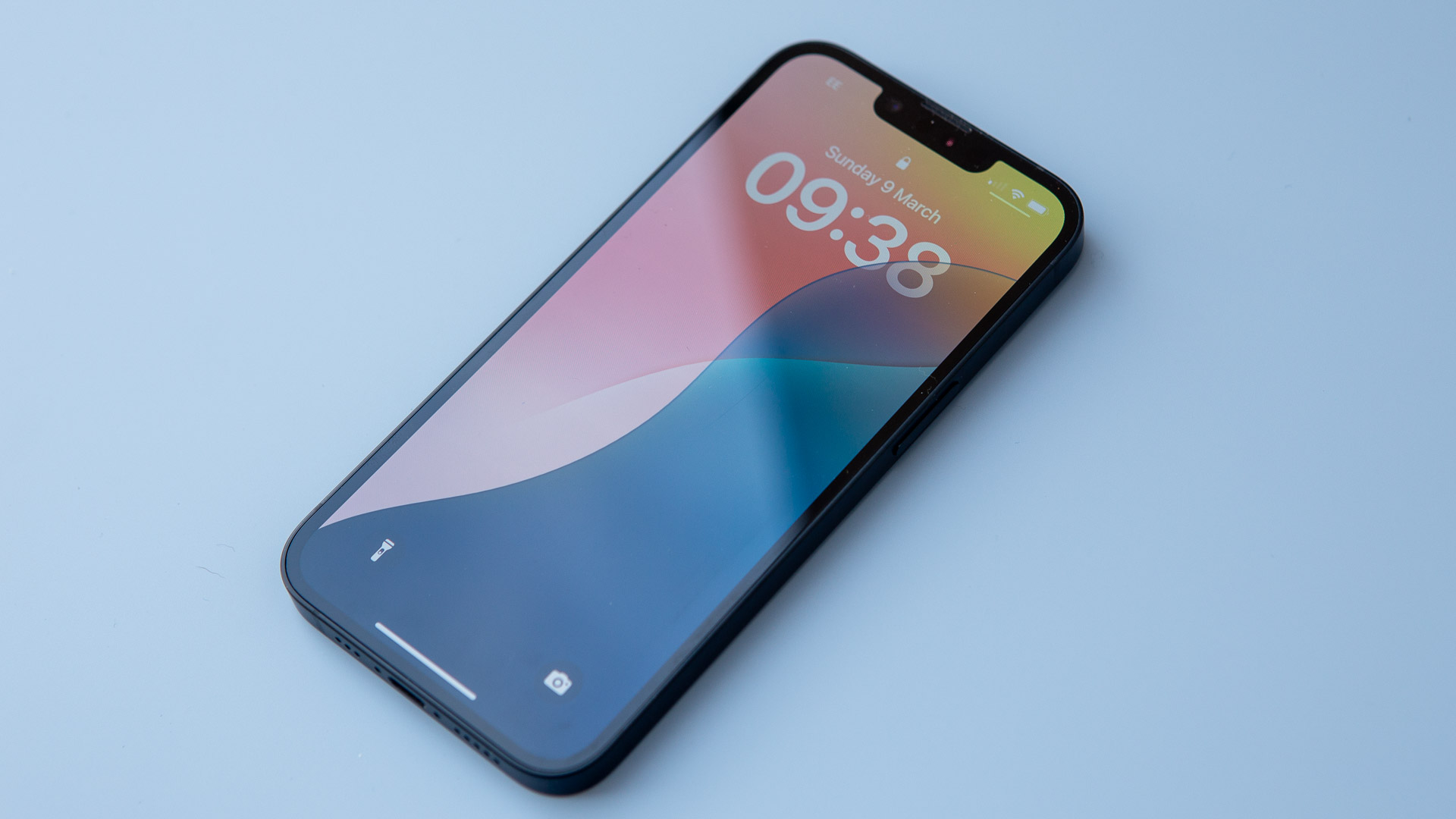 Your iPhone gets some new tricks - here’s what it can do now
Your iPhone gets some new tricks - here’s what it can do nowThe new emojis and priority notifications are probably our favourite
By Britta O'Boyle Published
-
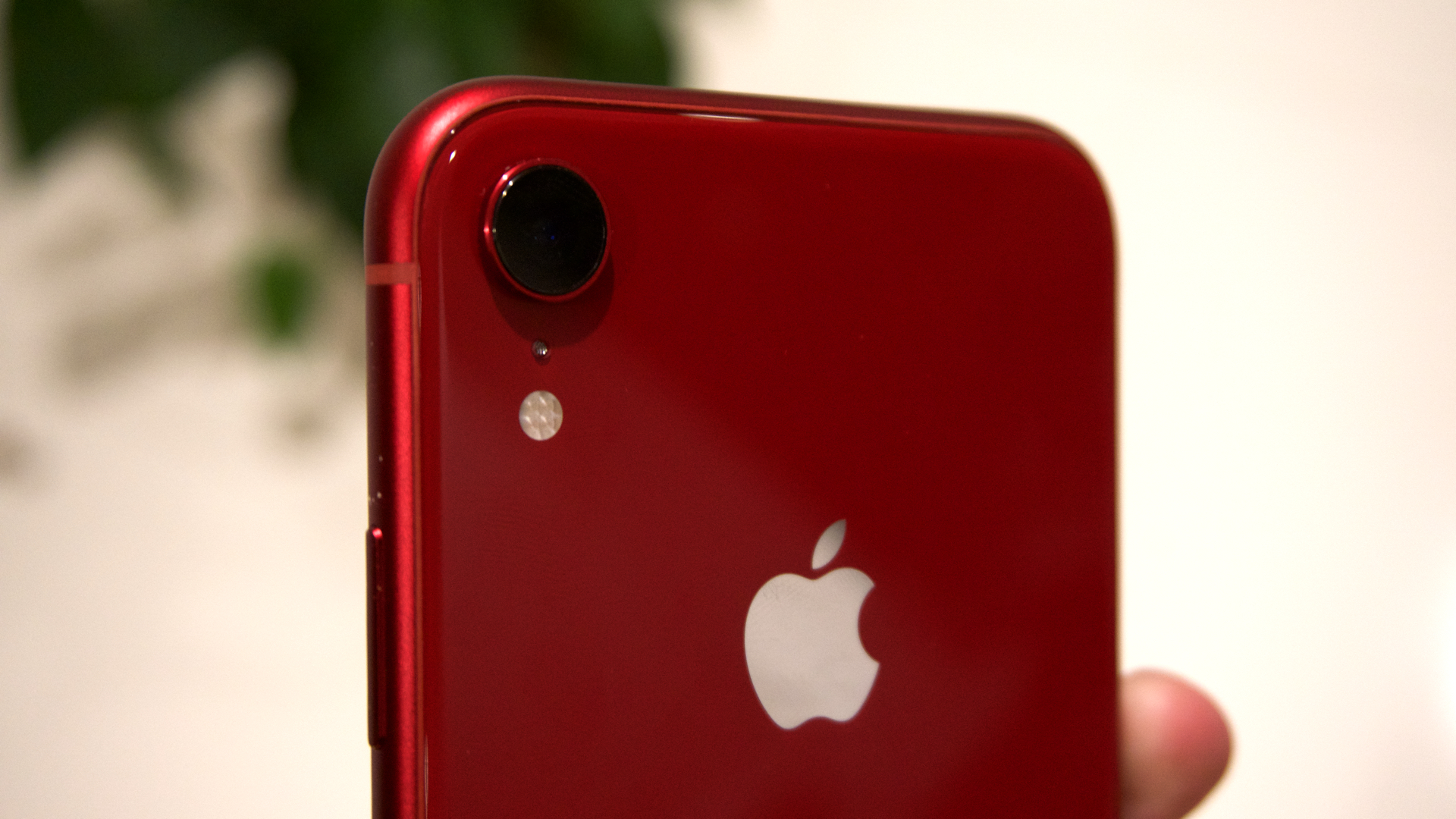 Older iPhones at risk of being left behind when iOS 19 arrives – is your device one of them?
Older iPhones at risk of being left behind when iOS 19 arrives – is your device one of them?Apple will reportedly drop three iPhone models when it comes to the iOS 19 update
By Carrie Marshall Published
-
 Your next MacBook Pro could be a game-changer for three good reasons
Your next MacBook Pro could be a game-changer for three good reasonsApple will reportedly upgrade next year's MacBook Pro in three major ways
By Rik Henderson Published
-
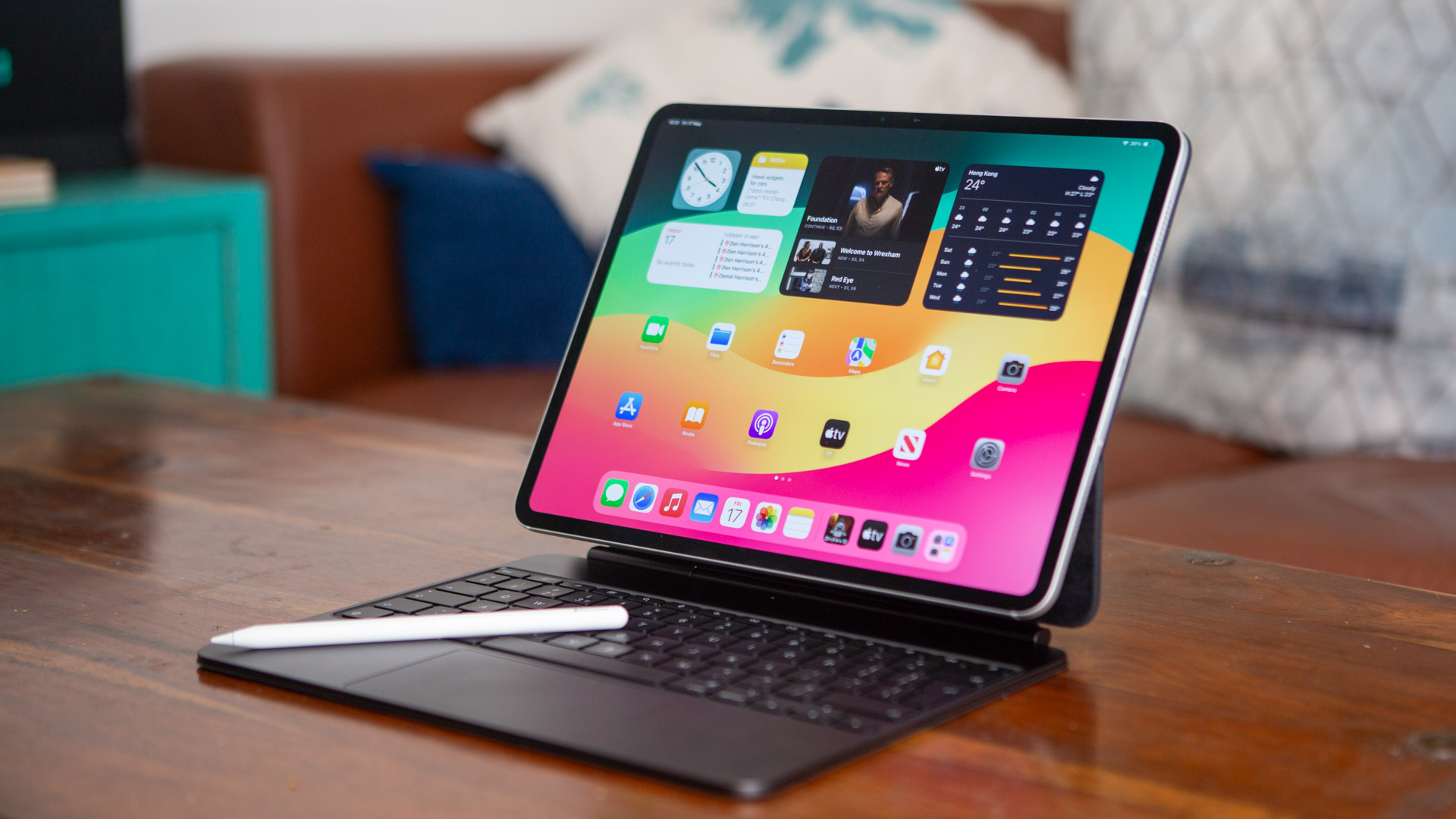 M5 iPad Pro on schedule for release this year, claims expert
M5 iPad Pro on schedule for release this year, claims expertApple's best tablet is reportedly getting even more power in late 2025
By Carrie Marshall Published
-
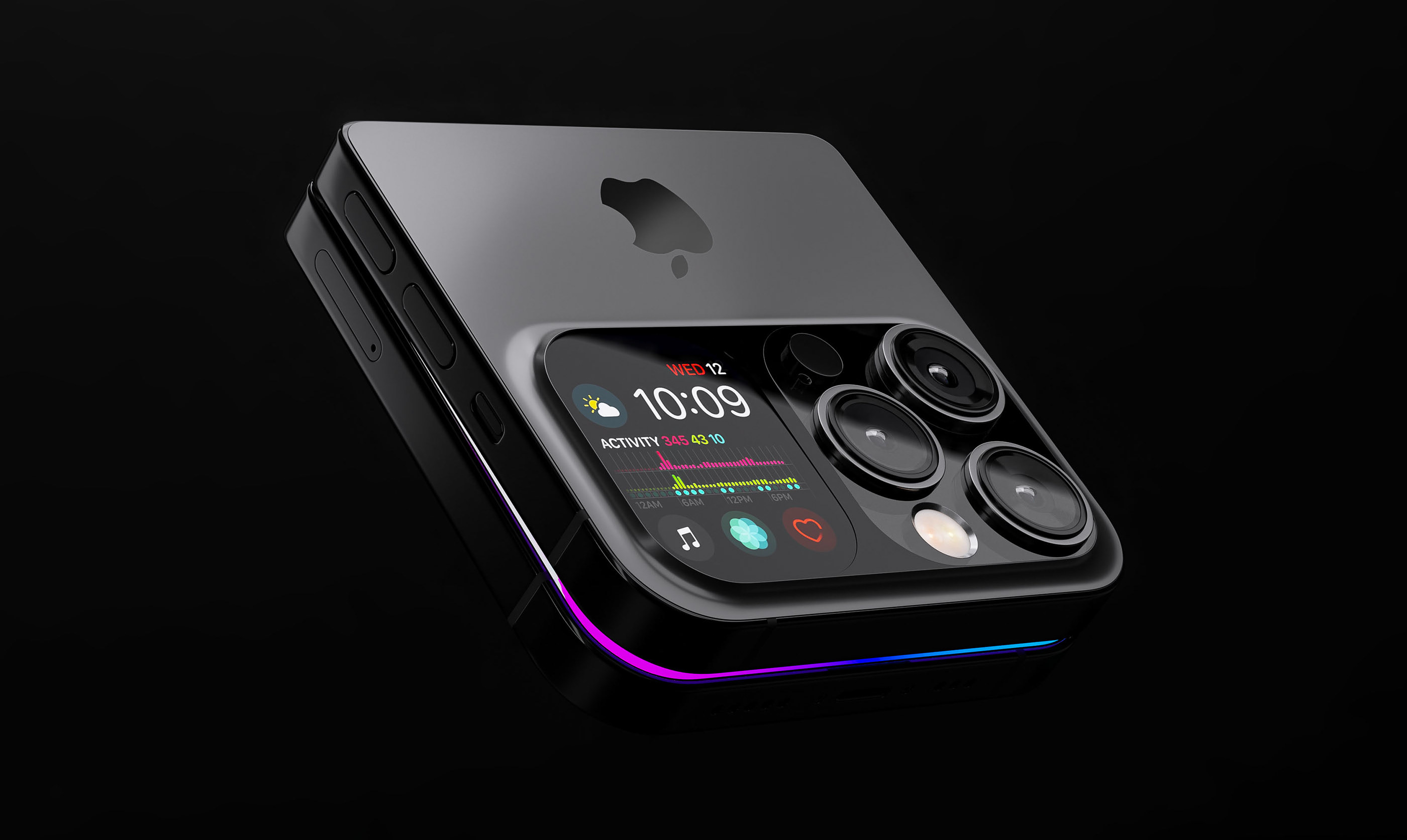 New evidence suggests Apple's taking its foldable iPhone seriously
New evidence suggests Apple's taking its foldable iPhone seriouslyAnd it might bring something different to the party too
By Britta O'Boyle Published
-
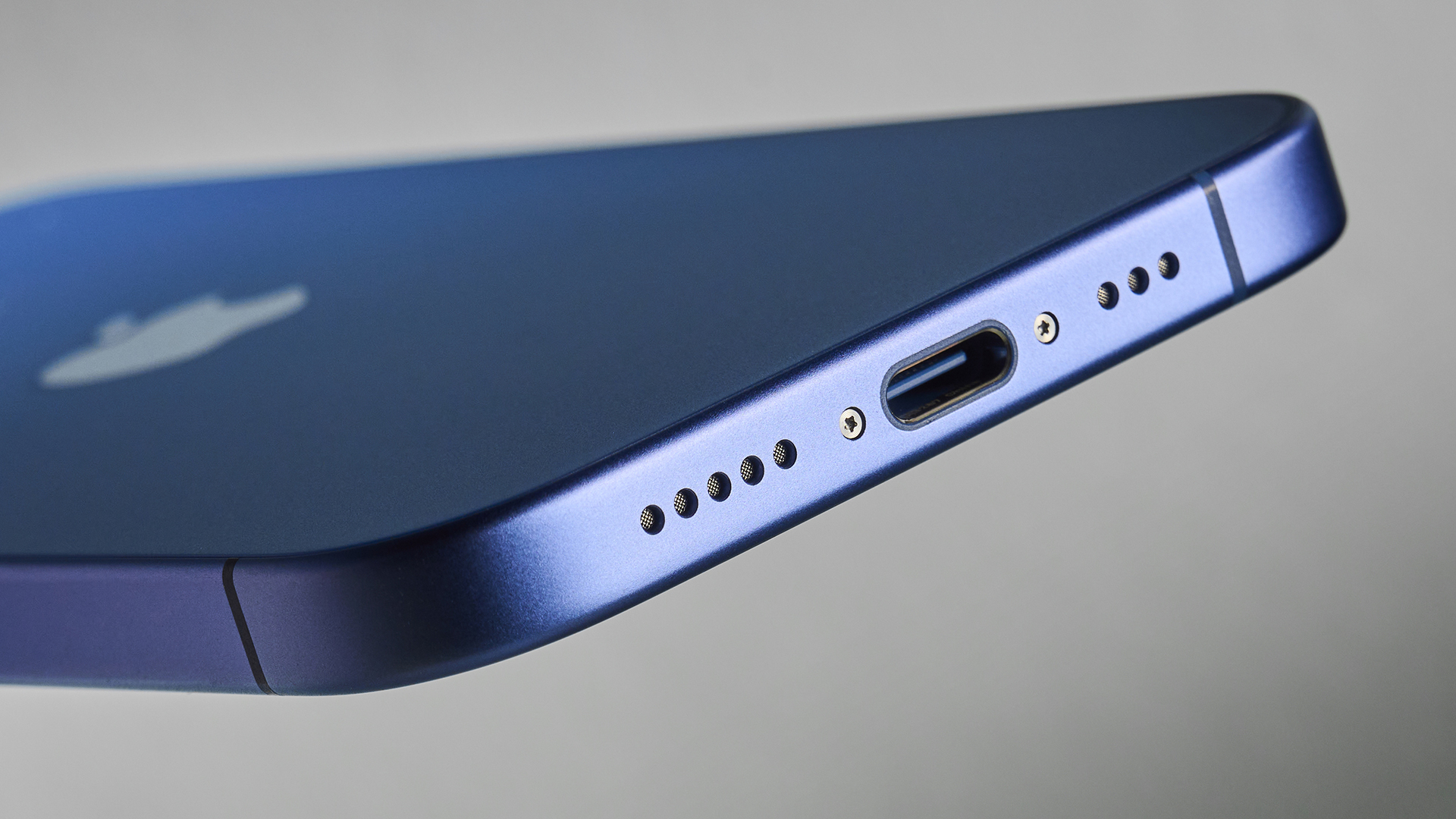 EU paves the way for iPhones and Android devices to ditch USB-C entirely
EU paves the way for iPhones and Android devices to ditch USB-C entirelyClarification enables Apple, Samsung and others to switch to wireless charging only
By Rik Henderson Published
